The GT Aggressor Expert is the top end bike in the Aggressor range that’s built for recreational off-roaders who want the best in value. With that in mind, the brand has done a solid job of the bike’s spec and geometry, making it a bike that’s welcoming, capable and comfortable enough for entry-level singletrack jaunts.
- The best mountain bikes for under £600 - our top picks
- 2022 Voodoo Bizango review
- Best MTB's that you can get shipped straight to your door
GT’s Aggressor Expert is built around an alloy frame that employs the brand’s simple but rather clever Triple Triangle design. Instead of mounting the seat stays to the seat tube, which we see on almost every hardtail frame on the market, the seat stays are welded to the top tube. This means that the seat stays are much longer and able to flex easier, with the aim of adding a touch of compliance to the rear end.
Along with that, the bike gets forged dropouts, a zero-stack head tube and mounts for two bottle cages within the front triangle. Then the Aggressor Expert gets it's 80mm of front travel from an SR Suntour XCM-DS coil that’s kitted with a lockout.
Shifting is handled by Shimano with a Tourney 3x8 speed drivetrain and slowing the bike is a pair of Tektro M275 Hydro disc brakes. Those are paired with 160mm rotors at either end of the bike.
What’s great to see is that the WTB SX19 rims are draped with WTB Ranger Comp 2.25” tyres. The rims aren’t tubeless ready though, which is a shame but that’s to be expected at this price.
GT Aggressor Elite | The Ride
This is a bike that really brought me back to the beginnings of my mountain bike journey, not only because I had to manually drop the saddle before charging into flowing corners but also because the surprisingly crisp 3x8 shifting got my mind reminiscing of the days I was attempting silly descents my first similarly priced mountain bike.
The Aggressor’s geometry is rather run-of-the-mill for a bike of this type but when ridden within its intentions, it’s confident, agile and very easy to get on with. The 68.5° head angle is steep but for a bike that’s designed to transition smoothly from road to the rougher stuff, it offers plenty of support when negotiating twisty climbs but it’s just slack enough to become somewhat stable once the speeds rack up. Paired with the 440mm reach, this bike is mighty agile.
As far as modern seat tube angles go, 73.5° is definitely slack but this adds plenty of room over the bike’s reach. It can nullify attempts to shift when forwards on those steeper climbs but it results in even weight distribution and a comfy saddled position when munching miles, over mellower terrain which is where this bike feels most at home.
That’s in part thanks to those fast rolling but reasonably grippy WTB Ranger tyres and of course, the 29" hoops. The Ranger is a fast-rolling tyre that helps make the most of every pedal stroke. When ridden over the dry but gravelly surfaces the Aggressor was tested over grip was plentiful and certainly confident. However, if you're looking to ride this through anything but dry conditions, you'll want to consider inflating something a little more aggressive onto the wheels.
On the subject of wheels, there was a noticeable level of flex when hitting corners with a good bit of speed. This isn't a shock considering the bike's price but if you're looking to ride a little harder, or stick primarily to singletrack, a wheel upgrade will be worthwhile.
While the tyres can cope with some decent speeds, the brakes got me a little worried. During the test period, they had a good amount of time to bed in but even after that, braking power felt a little weedy. For faster, singletrack and trail use, bigger rotors wouldn’t go amiss but as an entry-level bike where speeds might not be so great, the job they do is perfectly adequate.
I was very impressed by how well the Triple Triangle frame design works so take the edge off of harsher bumps and the odd drop. It makes the bike a much more cushy place to be when getting the miles in over chattery off-road trails. The same goes for the fork too. It’s far from sophisticated but it’s happy to soak up mild hits.
At this price range, what you get for your cash is a very interesting subject. Take the Forme Curbar 3 for example. It gets the same brakes but a slightly upgraded Shimano Altus drivetrain, along with an SR Suntour XCE fork with 20mm more travel. This bike’s geometry is a bit more singletrack friendly with a slacker 67° head angle, steeper 74° seat tube angle and an overall wheelbase of 1182mm rather than the GT's 1165mm measurement, which suggests it’ll be a little more stable at speed. The Forme is priced equally at £550.
Then, there’s Trek’s Marlin 5, which gets almost identical componentry to the Forme but its geometry is noticeably more conservative, even than the Aggressor with a 69.5° head angle, 71.9° seat tube angle and a 1137mm wheelbase. Both of these get 2x drivetrains though.
So in terms of bang for buck, it could be said that the Aggressor Elite lags behind slightly with its Tourney shifting but I think the compliance encouraging Triple Triangle frame design makes up for it as it results in a more comfortable ride than traditionally shaped hardtails. And while its geometry isn’t quite as forward-thinking as the Forme, it’s certainly confident over fire road and the odd slither of singletrack.
If you’re on a budget and looking to dip your toe into riding singletrack, or you just want to cover loads of off-road miles, the GT Aggressor Elite is a very valid choice. It’s specced reasonably well for the money but importantly, the Triple Triangle frame design adds a spoonful of compliance that makes this bike feel even more capable. However, those looking to ride pure singletrack may want to look elsewhere and up the budget.








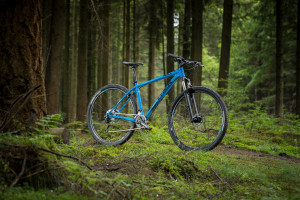
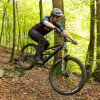
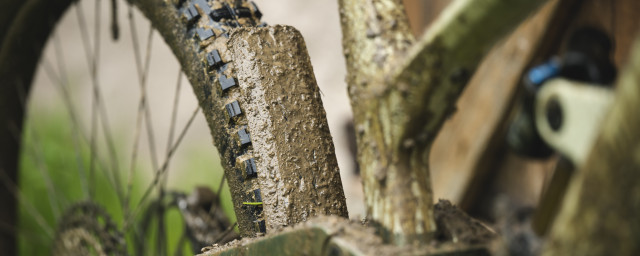
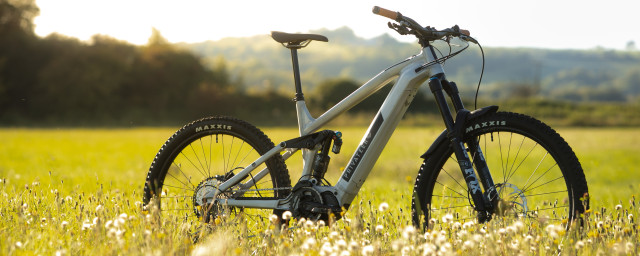

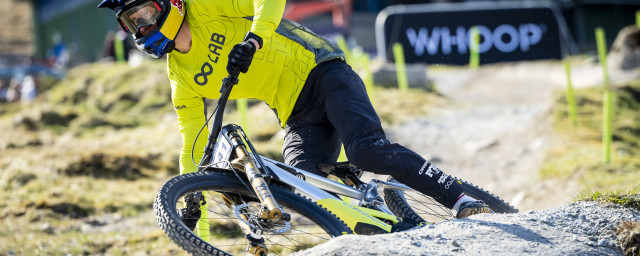

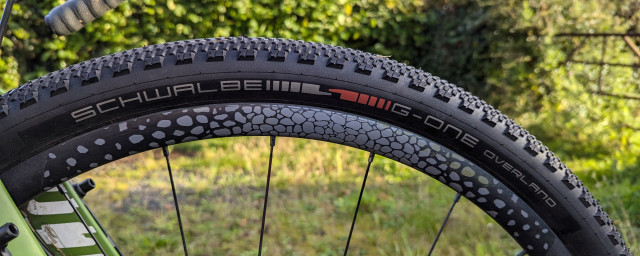
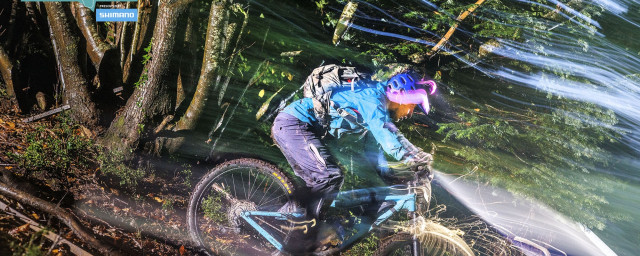
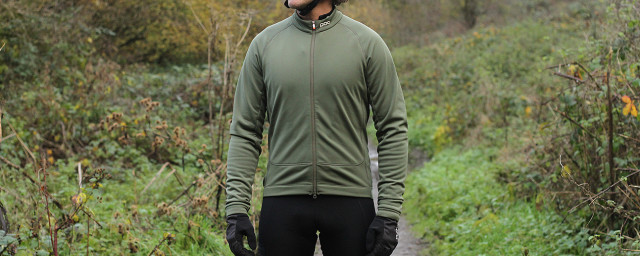
Add comment